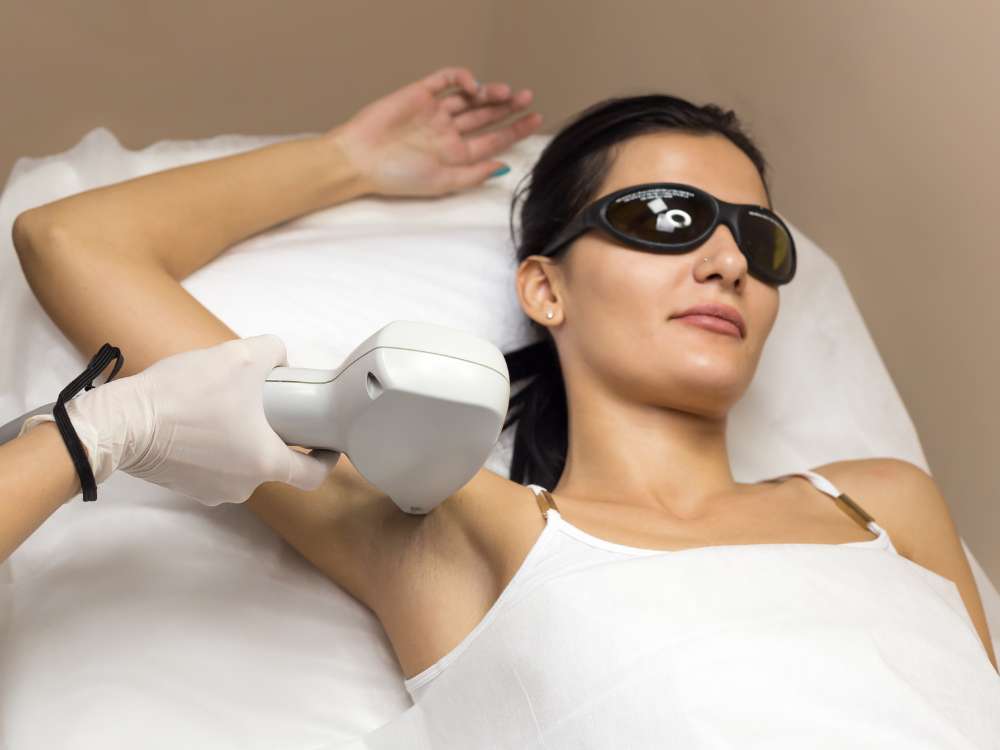Can Laser Hair Removal Help with Folliculitis?
Laser hair removal in Dubai is a cosmetic procedure, developed as a more permanent solution to removing unwanted hair as compared to plucking, waxing, and shaving.
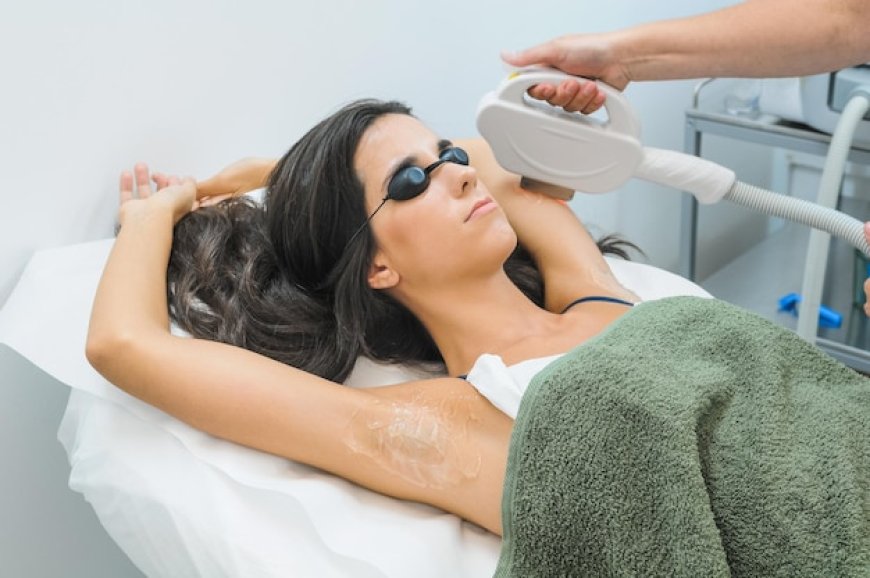
Folliculitis is a common skin condition where hair follicles become inflamed. This inflammation is usually the result of a bacterial or fungal infection, though friction from clothing or frequent shaving can also be contributing factors. It often appears as red bumps or white-headed pimples around hair follicles and can cause discomfort, itching, and sensitivity in affected areas. Lets delve into Laser Hair Removal Dubai
Causes of Folliculitis
The condition may arise due to various reasons, including:
-
Shaving and waxing irritate hair follicles
-
Tight clothing that traps sweat and friction
-
Excessive sweating that leads to blocked follicles
-
Ingrown hairs growing back into the skin
The recurring nature of folliculitis can become a source of frustration for many, especially when it affects confidence and quality of life.
Laser Hair Removal and Its Role in Skin Health
Laser hair removal uses targeted light energy to damage hair follicles and reduce hair growth over time. While originally popular for aesthetic reasons, it has also gained attention for its potential to address some skin conditionsone of them being folliculitis.
How Laser Hair Removal Can Help with Folliculitis
Laser hair removal doesnt just reduce hair; it reduces the very cause of folliculitis in many casesingrown hairs and repeated follicular irritation. By minimizing hair growth, theres less chance for hair to become trapped beneath the skin.
Heres how it can help manage folliculitis:
-
Targets hair at the root, minimizing regrowth
-
Reduces occurrence of ingrown hairs
-
Limits the need for shaving or waxing, which are common triggers
-
Promotes smoother skin over time
With fewer hairs present, the opportunity for follicle blockages and inflammation also decreases.
Suitable Areas for Treatment
Folliculitis can appear almost anywhere on the body, and laser hair removal is commonly used in these areas to help reduce flare-ups:
-
Neck
-
Back
-
Bikini line
-
Underarms
-
Legs
Reducing hair in these regions not only offers cosmetic improvement but also brings relief from recurring follicular irritation.
Ideal Candidates for Laser Hair Removal with Folliculitis
People experiencing recurring folliculitis who are looking for a long-term solution may find laser hair removal beneficial. Those with thicker or coarser hair often notice the most visible results, especially when folliculitis is related to shaving.
What to Expect from the Process
Laser hair removal typically involves a series of sessions spaced out over several weeks. As treatments progress, hair grows back more slowly and often becomes finer and sparser. For individuals dealing with folliculitis, the reduction in hair often means fewer breakouts and greater skin comfort.
While the sessions vary in duration depending on the area treated, consistency plays a key role in seeing improvement. Most people notice reduced irritation and improved skin texture over time.
Long-Term Relief and Maintenance
One of the major benefits of laser hair removal for those with folliculitis is the long-term management it provides. As hair growth diminishes, the skin gets a break from constant inflammation and trauma.
Even though not all hair may be permanently removed, the reduction is often enough to bring significant relief from the condition. Occasional maintenance sessions can help keep the skin smooth and the hair growth minimal.
Lifestyle Changes to Support Results
Incorporating small lifestyle adjustments can support the effectiveness of laser hair removal and help prevent future episodes of folliculitis. Some helpful habits include:
-
Wearing breathable, loose-fitting clothing
-
Gently exfoliating the skin (if recommended)
-
Avoiding frequent shaving or waxing
-
Keeping the skin clean and dry
These practices, paired with a reduction in hair growth, can contribute to healthier skin over the long run.
Common Myths About Laser Hair Removal and Folliculitis
There are several misconceptions surrounding laser hair removal, especially when it comes to treating skin conditions like folliculitis. One common myth is that it works instantly. In reality, hair grows in cycles, and it often takes multiple sessions to see noticeable changes.
Another belief is that laser treatment works the same for everyone. In fact, results vary depending on hair texture and skin type. Its always best to approach treatment with realistic expectations and patience.
Frequently Asked Questions
Can laser hair removal completely cure folliculitis?
Laser hair removal may not cure the root cause if it is bacterial or fungal, but it can significantly reduce one of the main contributing factorshair. Many people find that once hair is reduced, folliculitis becomes less frequent and severe.
Is it safe for sensitive skin prone to folliculitis?
Laser hair removal is often well-tolerated by individuals with sensitive skin, especially when performed with attention to the skin type and hair color. As it reduces the need for frequent shaving or waxing, it may be even gentler in the long run.
How soon will results be noticeable?
Some individuals begin to notice smoother skin and fewer breakouts after just a few sessions. However, full benefits typically become apparent after completing the recommended number of sessions.
Can laser hair removal be used during a folliculitis outbreak?
Its generally advisable to wait until the skin has calmed down before undergoing treatment. Treating active inflammation may be uncomfortable and less effective. Once the outbreak subsides, laser sessions can proceed more smoothly.
Will the hair grow back after treatment?
Some hair may regrow, but its usually finer and less dense. This reduction alone can greatly help in minimizing future folliculitis flare-ups.
Final Thoughts
For those struggling with persistent folliculitis, Laser Hair Removal in Dubai can offer more than aesthetic improvementit can deliver lasting relief from discomfort, inflammation, and frequent skin irritation. While not a universal solution, it provides a valuable option in managing this condition by targeting its underlying triggers.
By reducing the need for shaving and minimizing ingrown hairs, this treatment may lead to clearer, smoother skin and improved confidence for those dealing with ongoing follicular challenges.






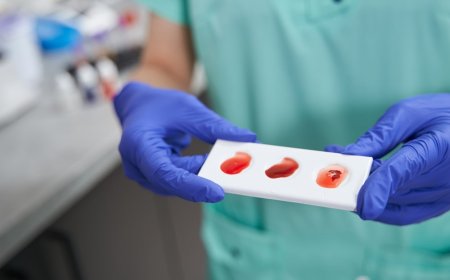

&srotate=0)










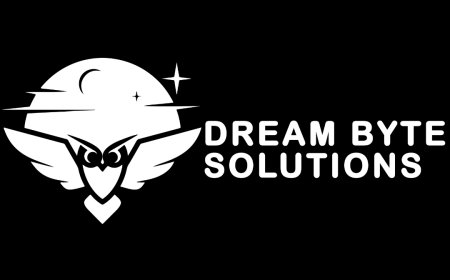
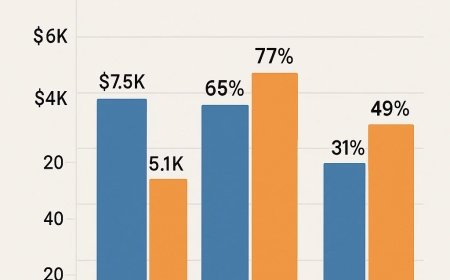





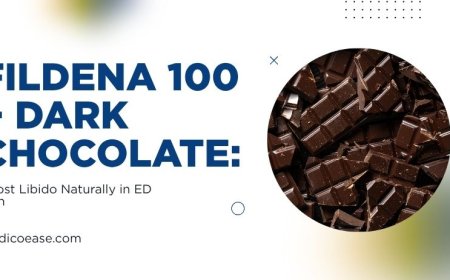
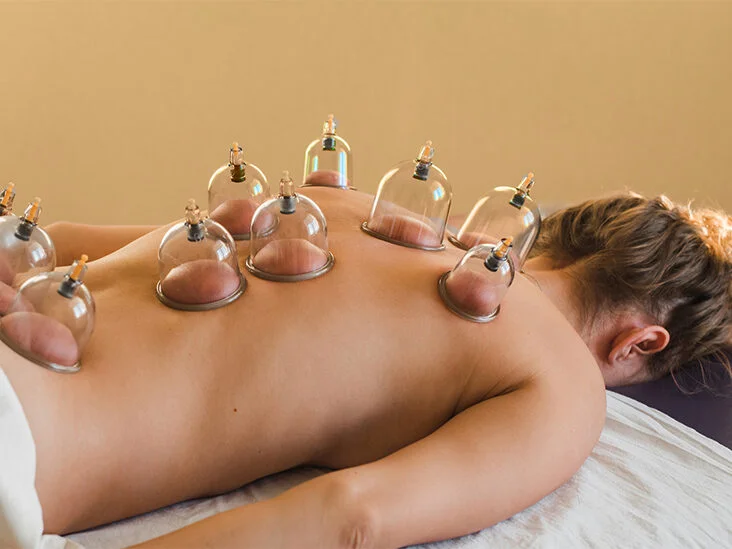
/assets/production/practices/d3eb2cb997dab7b074b251ed3fbc393d54698f2b/images/2771321.jpg)
